9 Handy Universal Control Tips & Tricks for Mac & iPad
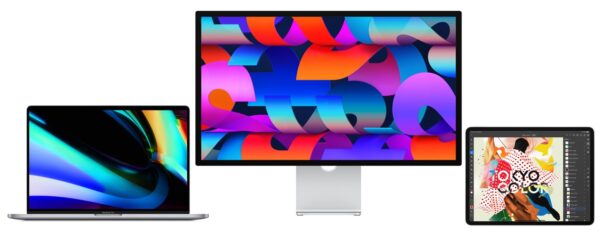
Universal Control is a fantastic feature for Mac and iPad that allows you to share a keyboard and mouse or trackpad between devices. But aside from the convenient ability to share the keyboard and mouse, there are some additional handy tips and tricks available to Universal Control that you may not be familiar with, and we’ll be covering some of those here.
From copying and pasting, to dragging and dropping files, using keyboard shortcuts, arranging displays orientation to represent your physical setup, using gestures, reconnecting devices, and more, read along to better understand a wide variety of tips and tricks for Universal Control for both MacOS and iPadOS.
Assuming you’ve enabled Universal Control on the Macs and iPads, and the devices meet the system requirements for using the feature, you’re good to go. Let’s check out some of the cooler features, beyond simply sharing at the keyboard and mouse.
1: Copy & Paste Between Macs, iPads
Copying and pasting between any connected devices is as easy as selecting the text or image you want to copy, and then pasting it to the destination device. Super handy!
Just drag your cursor to the device you want to copy from, then drag it to the device you want to paste to, and paste. That’s it, it works great, whether the data is text or a picture.
2: Drag & Drop Files Between Macs, iPads
You can seamlessly drag a file between one Mac and another, or even a Mac to an iPad in the Files app, and vice versa.
Dragging files to the Mac, whether from another Mac or iPad, is super easy, because you can drop them anywhere on the desktop or into a folder.

However, dragging and dropping files to the iPad requires you to be in the iPadOS Files app, or in the iPadOS Photos app for images and video.
3: Keyboard Shortcuts Follow the Cursor Too
Want to use keyboard shortcuts for something like opening Spotlight and launching an app? No problem, the keyboard shortcuts will follow your cursor, so just swipe your cursor over to the Mac or iPad you want to execute a keyboard shortcut on, and let loose.
Even audio adjustments work across devices – for the most part anyway, though some apps seem to not yet work with this. For example, you can swipe the mouse cursor from a Mac over to iPad and adjust the system volume on the iPad through the Mac keyboard or Touch Bar volume controls if the iPad is on the Home Screen, but not within the Spotify app. Presumably these type of quirks will get worked out over time.
4: Many Gestures Work Across Mac / iPad
Many of the gestures you may already be familiar with on iPad will also work with Universal Control when you swipe the cursor over to the iPad from a Mac that is using a trackpad, including three-finger swipe left or right to change apps, two-finger swipe up and down for scrolling, three-finger swipe up to return to Home Screen, three-finger swipe up and pause for Mission Control, and more. Try them out!
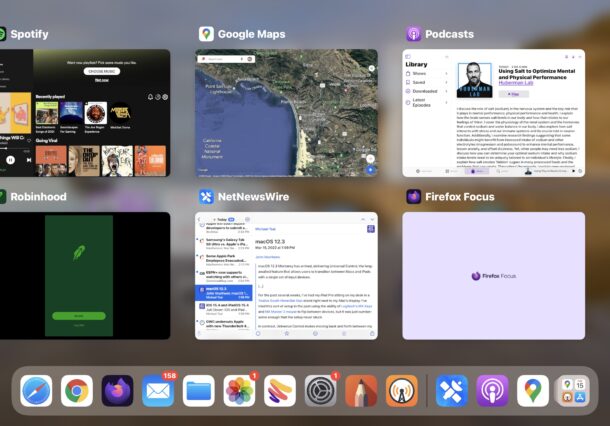
5: Arrange Display Orientation However You Want
Arranging the displays using Universal Control to match your physical setup is strongly recommended, and this is easy to do in the Displays System Preference panel on the Mac. Just click and drag the displays to arrange them to match your physical setup. Got an extra Mac to the right of your display, and an iPad to the left? No problem, just drag them accordingly.
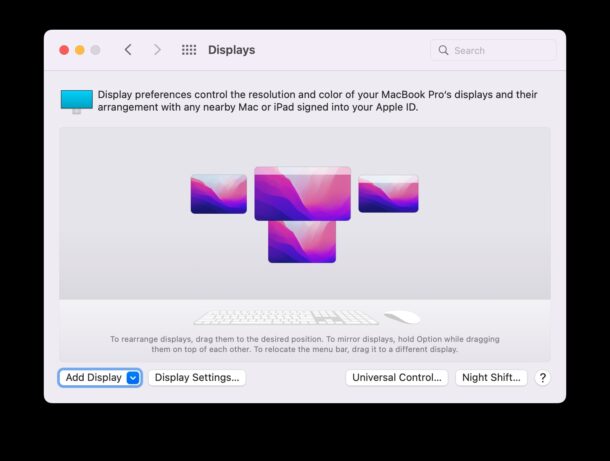
6: Quickly Disconnect Devices from the Menu Bar
You can easily disconnect a device from Universal Control by pulling down the Displays menu bar item on the Mac, and then selecting on the device to disconnect.
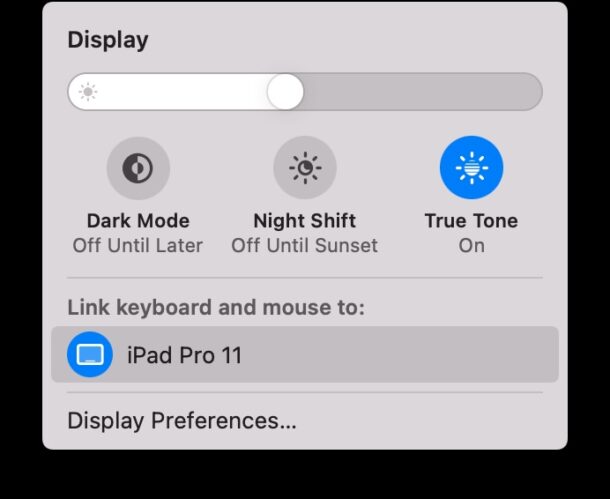
Note that devices will automatically disconnect when they’ve been moved far enough away from the primary Mac too, so if you’re just grabbing a laptop or iPad to go, you don’t need to manually disconnect them first.
7: Reconnect Devices Automatically to Universal Control
Yes, Macs and iPads will reconnect to Universal Control when back in range, automatically, assuming that setting is enabled anyway.
Go to Apple menu > System Settings / Preferences > Displays > Advanced / Universal Control > make sure ‘Automatically reconnect any nearby Mac or iPad’ is enabled.
Here’s what the Universal Control settings look like in MacOS Ventura and newer:
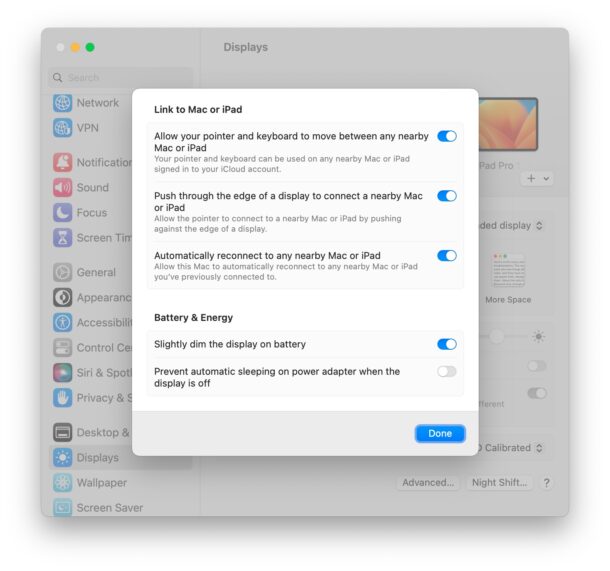
And here’s what the Universal Control preferences look like in macOS Monterey:
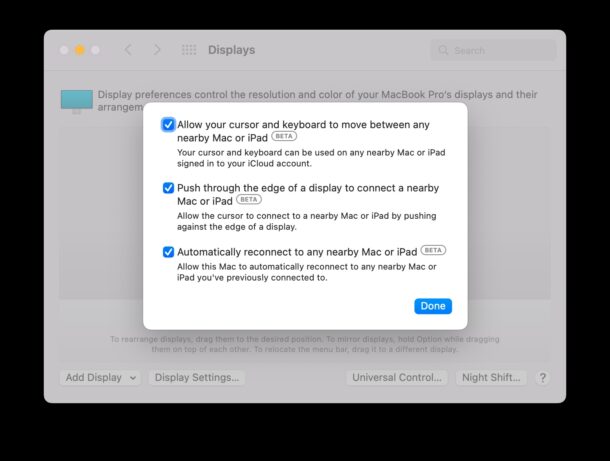
This is super useful if you have a primary desk setup, but frequently pull a Mac laptop or iPad away for use on the go, since they’ll automatically reconnect to your desk based workstation when nearby again.
8: Control a Mac from an iPad with Magic Keyboard, too
While you may assume that only the primary Mac can control other devices, whether it’s another Mac or iPad, you can actually go the other direction too.
For example, if you have an iPad with a Magic Keyboard equipped, you can slide the cursor over to a Mac, and then use the trackpad and keyboard as expected.
9: You can control multiple Macs only, no need for an iPad
If you only have Macs in your setup, that’s perfectly fine – you can still use Universal Control to control each of those Macs with a single keyboard and mouse.
Let’s say you have a desktop iMac with built-in display as the primary desk Mac with a keyboard and mouse, a MacBook Pro, and a MacBook Air – you can use Universal Control to control each of these devices seamlessly.
As long as each of the Macs is running macOS Monterey 12.3 or later, they’ll have access to this feature.
This is really great, and similar to the Synergy or Barrier apps that offered this feature previously (and that still offer the feature for devices that don’t support Universal Control, or for users needing cross-platform support to share a keyboard and mouse between a Mac and Windows PC).
–
What do you think of Universal Control? Are you using it on your Macs and iPads yet? Do you know of any other handy tips or tricks for Universal Control that we should include? Let us know in the comments!

